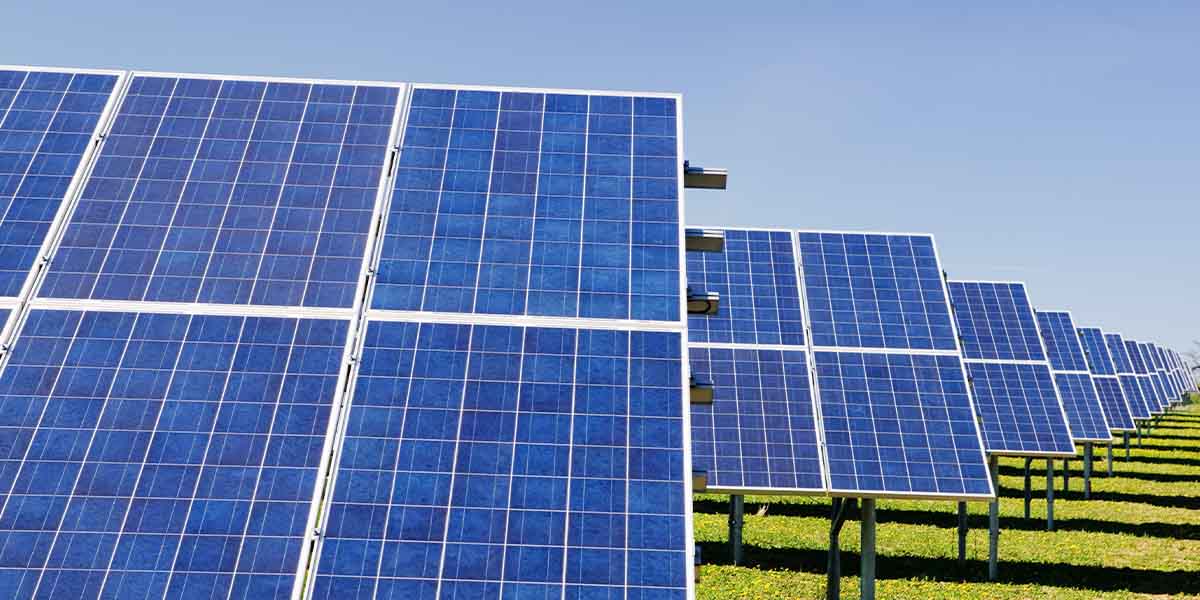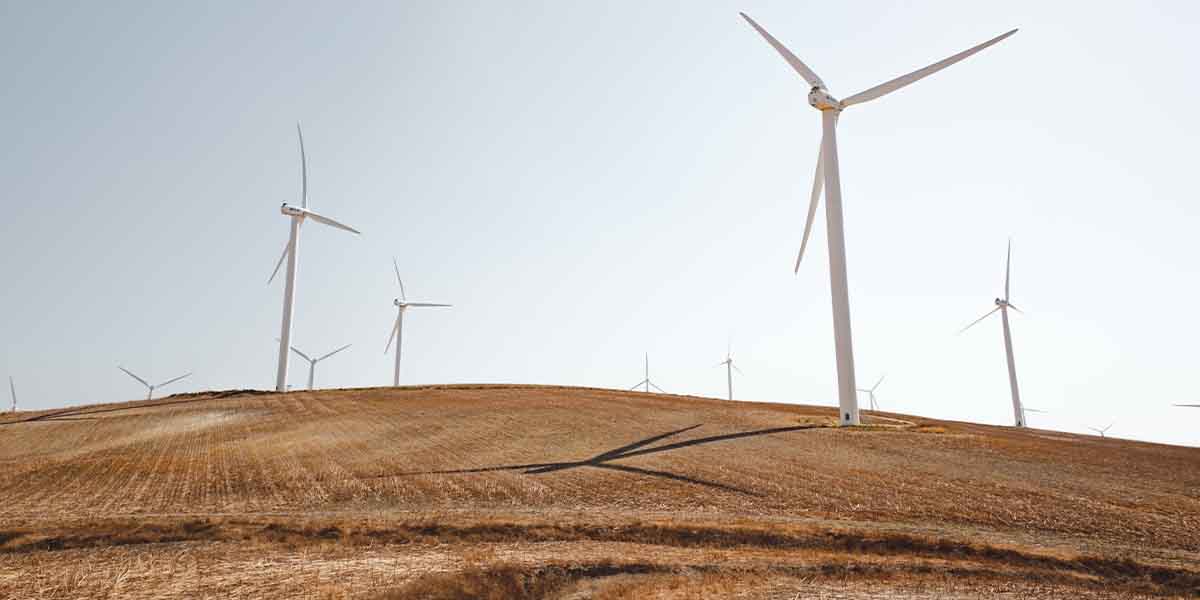The Middle East Efforts Towards A Sustainable Energy Future

In recent years, there has been a pressing need to shift towards sustainable energy sources to combat climate change and secure a sustainable future. Contrary to the popularity of The Middle East, known for its enormous reserves of fossil fuel resources. These countries have made significant efforts to diversify their energy mix and promote renewable energy technologies. Here are the latest and most notable efforts that the Middle Eastern countries are undertaking to transition into sustainable energy.
How the UAE, Saudi, Jordan, Oman, and Egypt are Pioneering Sustainable Energy:
One of the leading key players in the region’s sustainable energy transition is the United Arab Emirates. The UAE has set ambitious goals to increase the share of renewable energy in its energy mix. The country launched the UAE Energy Strategy 2050, which aims to generate 44% of its electricity from renewable sources by 2050. consequently, the UAE has invested heavily in solar energy. The country is home to the world’s largest single-site solar park, the Mohammed bin Rashid Al Maktoum Solar Park. This giant facility has a capacity of 5,000 megawatts (MW) and is expected to reduce the UAE’s carbon footprint by 6.5 million tons annually.
Read more: Abu Dhabi Takes Postal Mail and Parcels to New Heights with Drone Delivery
Saudi Arabia, another major player in the Middle East, has also embarked on an ambitious journey towards sustainable energy. The Kingdom has launched the Saudi Vision 2030, developed by the Council of Economic and Development Affairs, chaired by Deputy Crown Prince Mohammed bin Salman which includes plans to increase the contribution of renewable energy to the country’s energy mix. The goal is to achieve 50% of the country’s electricity generation from renewable sources by 2030. To support this transition, Saudi Arabia has launched several large-scale renewable energy projects. Varying from wind, solar, and green hydrogen solar farms, such as Dumat Al Jandal Wind Farm, Sakaka Solar Power Plant, Sudair Solar PV Project, Shuaibah Solar PV Project, and Neom Green Hydrogen Solar PV Project.

In addition to the UAE and Saudi Arabia, other Middle Eastern countries are also making significant strides in the transition to sustainable energy. Jordan, a country with limited fossil fuel resources, has become a regional leader in renewable energy. The country has set a target to generate 30% of its electricity from renewable sources by 2030. Jordan has successfully developed several solar and wind power projects, including the Shamsuna Power Company, Falcon Ma`an for Solar Energy, Arabia One for Clean Energy Investments, Al Ward Al Joury for Energy Generation, Al Zahrat Al Salam for Energy Generation, Al Zanbaq for Energy Generation, and Jordan Solar One.
Oman is another country in the Middle East that is actively pursuing sustainable energy solutions. The country has launched the National Energy Strategy 2040, which aims to increase the share of renewable energy in the energy mix to 30% by 2040. Oman has implemented various renewable energy projects, such as the Amin Solar PV project, which has a capacity of 500 MW and contributes significantly to the country’s clean energy goals, as well as a wind farm in Dhofar; two solar IPPs in Manah, 11 solar-diesel hybrid facilities, and the ‘Sahim’ initiative to install small-scale solar panels on residential and commercial buildings, among others.
Egypt also plans to attain a more sustainable energy future by generating 42% of its electricity using renewable energy sources by 2035 and 60% by 2040. The majority of this capacity is expected to be provided by the private sector, with several major projects contributing to supply. For instance, the 1.8 GW Benban Solar Park is considered the largest African solar park, Siwa Solar Project, 3 wind farm projects, and a solar thermal power plant in Kuraymat.
The Middle East’s Solar and Wind Power Revolution:
The shift to sustainable energy in the Middle East goes beyond solar and wind power. Some countries have also embraced other forms of renewable energy, such as geothermal and waste-to-energy technologies. For example, the Kingdom of Bahrain is exploring the potential of geothermal energy as a sustainable solution. The country has conducted feasibility studies and pilot projects to harness the geothermal potential in its territory. Similarly, the State of Qatar has initiated waste-to-energy projects, intending to convert solid waste into electricity and reduce its dependence on fossil fuels.
Read more: COP28: Key Agreements, Controversies, and Innovations
In order to maintain the growth of sustainable energy, Middle Eastern countries are also implementing policies and incentives. Many countries have introduced feed-in tariffs, which guarantee a fixed payment rate for renewable energy producers. This encourages the private sector to invest in renewable energy projects and contributes to the growth of the industry. Governments are also implementing regulations and standards to pave the integration of renewable energy into the grid and ensure a smooth transition.
MENA Countries Partenring for a Sustainable Energy Future:
Furthermore, Middle Eastern countries are actively engaging in international collaborations and partnerships to accelerate their sustainable energy transition. For instance, the International Renewable Energy Agency (IRENA) has been actively collaborating with Middle Eastern countries to provide technical assistance, exchange knowledge, and support the development of renewable energy projects. The Middle East Solar Industry Association (MESIA) is also playing a crucial role in promoting solar energy and advocating for sustainable policies in the region.
It’s clear now that the Middle Eastern countries have recognized the need to transition to sustainable energy sources and have taken significant steps in this direction. Through investments in solar, wind, geothermal, and waste-to-energy technologies, countries like the UAE, Saudi Arabia, Jordan, Oman, Bahrain, and Qatar are diversifying their energy mix and reducing their carbon footprint. With ambitious targets and supportive policies, Middle Eastern countries are paving the way for a greener and more sustainable future. The region’s commitment to sustainable energy is not only beneficial for the environment but also promotes economic diversification and energy security.
